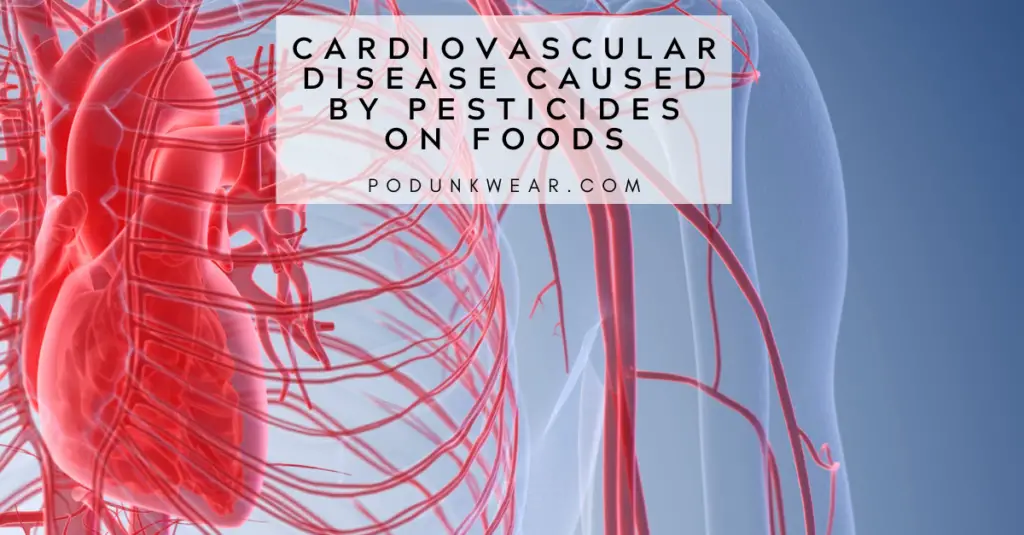The World Health Organization (WHO), determined that the #1 cause of death worldwide is cardiovascular disease. It accounts for 31% of worldwide deaths annually, approximately 17.9 million people, and 85% of those deaths resulted from heart attack and stroke. Disease of the cardiovascular system refers to the buildup of plaque or calcium inside the blood vessel wall. This buildup constricts blood flow to the area of the body it is supplying oxygen and other nutrients. The area that the artery is supplying blood and oxygen to determines the name of the vascular system.
- Coronary heart disease (or coronary artery disease) constricts the blood and oxygen supply to the heart muscle
- Cerebrovascular disease constricts the blood and oxygen supply to the brain
- Peripheral arterial disease constricts the blood and oxygen supply to the arms and legs
- Congenital heart disease results from birth defects of the heart that affects the function of the heart
- Deep vein thrombosis is a blood clot that forms (usually in the leg or arm veins), which can dislodge and move to the heart and lungs, constricting blood flow and causing a pulmonary embolism.
Contributing Factors to Cardiovascular Disease
There are many factors that can contribute to the development of cardiovascular disease. You probably already know the standard heart disease risk factors like tobacco use (smoking and smokeless tobacco or chew), uncontrolled diabetes, uncontrolled high blood pressure (hypertension), family history or genetics, and poor diet (McDonald’s, bacon, etc) all increase the risk of heart disease. What you probably haven’t heard is that a healthy diet can also contribute to cardiovascular disease. Healthy foods like meats, fruits, and vegetables are covered in chemicals like pesticides, antibiotics, and preservatives that create oxidative stress in our bodies. (Read more about these foods.) There are significant associations with chronic oxidative stress and diseases like cardiovascular disease (#1 cause of death), cancer (#2 cause of death), neurological diseases (Parkinson’s or Alzheimers), respiratory disease (asthma or COPD), kidney disease, rheumatoid arthritis, and even reproductive issues.
Pesticides and Herbicides Cause Heart Disease
A new study conducted in North Carolina and Iowa reported that the use of agricultural chemicals like pesticides and herbicides, were associated with an increase in myocardial infarction (heart attack) incidence among agricultural workers. It is important to note, that this study corrolates the pesticide use, not farmers with high exposure! This means that the farmers are using personal protective equipment (PPE), and still experiencing an increased rate of heart attacks. Another study in Sweden found an increase in ischemic heart disease among those who experienced occupational pesticide exposure (while applying pesticides, herbicides, and fungicides to our food supply). Another study found that factory workers involved with phenoxy herbicides and chlorophenol production were found to have an increased incidence of circulatory diseases, including ischemic heart disease and diabetes mellitus. Ischemic heart disease means that a portion of the heart muscle tissue is injured due to lack of blood supply. These are serious occupational safety issues, and improvements to protective gear should be made.
Pesticides were Originally Used in Chemical Warfare
Pesticides were used as chemical warfare agents during World War I and World War II, and then they were used commercially after 1945. The effects of these chemicals and increased risk of cardiovascular disease was noticed, and in 1965 the Kuakini Honolulu Heart Program (HHP) was started. The Kuakini Honolulu Heart Program research team created the first-ever study of a large group of people over a long study period of time. In fact, this study is still running with the original cohort, and in 2012 they have started the Kuakini HHP Offspring Study was started to include the children of the original cohort. In this longitudinal cohort, there have been multiple studies finding that occupational chemical exposures (like pesticides, metals, and solvents) in relation to total mortality from circulatory diseases, respiratory diseases, and cancer. The causes of death related to chemical exposure in this cohort include:
- 28.3% from circulatory disease
- 32.4% from cancer
- 8% from respiratory disease
- 13.1% from a combination of diabetes mellitus, digestive disorders, and other diseases
- 3.9% from accidental deaths
- 14.4% from undetermined causes.
Death from respiratory diseases and cancer were associated with all 3 chemical types, while deaths from circulatory diseases were only associated with solvents and pesticides. The mortality analyses were broken down into 5‐year intervals. The 15‐year timeframe was found to be the most relevant in relation to circulatory disease death from exposure to solvents and pesticides. (Meaning these individuals died 15 years after exposure to the chemicals.) The Kuakini HPP also found pesticide exposure has a positive association with the development of Alzheimer’s disease, dementia, cancer, and Parkinson’s disease.
Pesticide Exposure From Most Foods
New research has shown that pesticide exposures that causes cardiovascular disease, have been attributed to organophosphates (the most common class of pesticides used on food crops in the United States), organochlorine (most, including DDT, are now banned in the US), and herbicides (like glyphosate, RoundUP, and 2,4-D, currently allowed by the EPA). Previous studies have shown that in acute organophosphate poisoning (about 8,000 people per year in America), cardiovascular disease has developed in younger people, caused by the disruption in autonomic function. This is due to the organophosphates’ effect on the neurotransmitter that controls cardiac muscles, and inducing oxidative stress. The impact of pesticide exposure causes interference with neurotransmitters, and gives a reasonable explanation to the new findings, because many pesticides are neurotoxic (which is how the chemicals kill the pests). Another study found that individuals with high pesticide exposure, specifically organophosphates, had permanent electrocardiographic (EKG) changes.
What you can do to improve your cardiovascular health:
- Stop using tobacco. According to a Jama Internal Medicine study, stopping tobacco use (including vape) has shown to return the cardiovascular system to a non-smoker (or smokeless) state of health in 2-20 years. Most smokers think that the damage is done, and why should I quit now? Your body can repair the damage, if given the chance.
- Control your blood sugars. There are an estimated 7.3 million adults with undiagnosed diabetes. To prevent long term health effects from diabetes, get a regular checkup with labs. Yearly checkups and blood lab test are relatively cheap through primary health care providers, and there are a lot of health screenings events that provide the services for free (though a large employer, drug stores, etc). An A1C test provides a better overall picture of what your blood sugars run, but even a fasting glucose check will do.
- Check your cholesterol. Yearly lab draws can show how your cholesterol is trending, allowing you to make some diet adjustments or medicine adjustments as needed. One study found that 12% of young adults under the age of 39 have high cholesterol. Chronically elevated cholesterol levels increase the risk for heart attack and stroke.
- Eat a healthy ORGANIC diet. One study has shown that common pesticides and herbicides on our food supply, causes a reaction in the body creating elevated cholesterol levels and diabetes! Organic foods have less chemicals applied, however to go completely chemical free you need your own garden!
- Garden your own fruits and vegetables. Studies have shown that those who garden live on average 4.2 years longer than those who don’t. Recent studies have shown that children that grow up gardening have better overall health, more diversified gut microbiome (better overall gut health), improved nutrient intake, and increased physical activity. They are also more likely to try nutritious foods when helping in the garden, when compared to store-bought foods.





